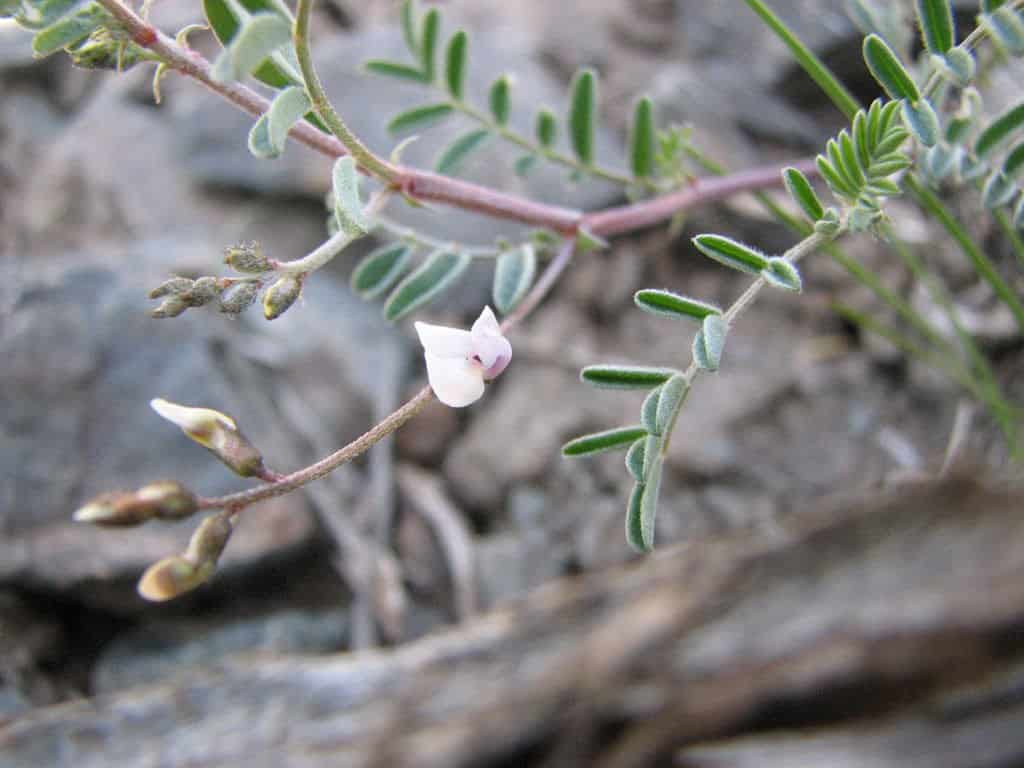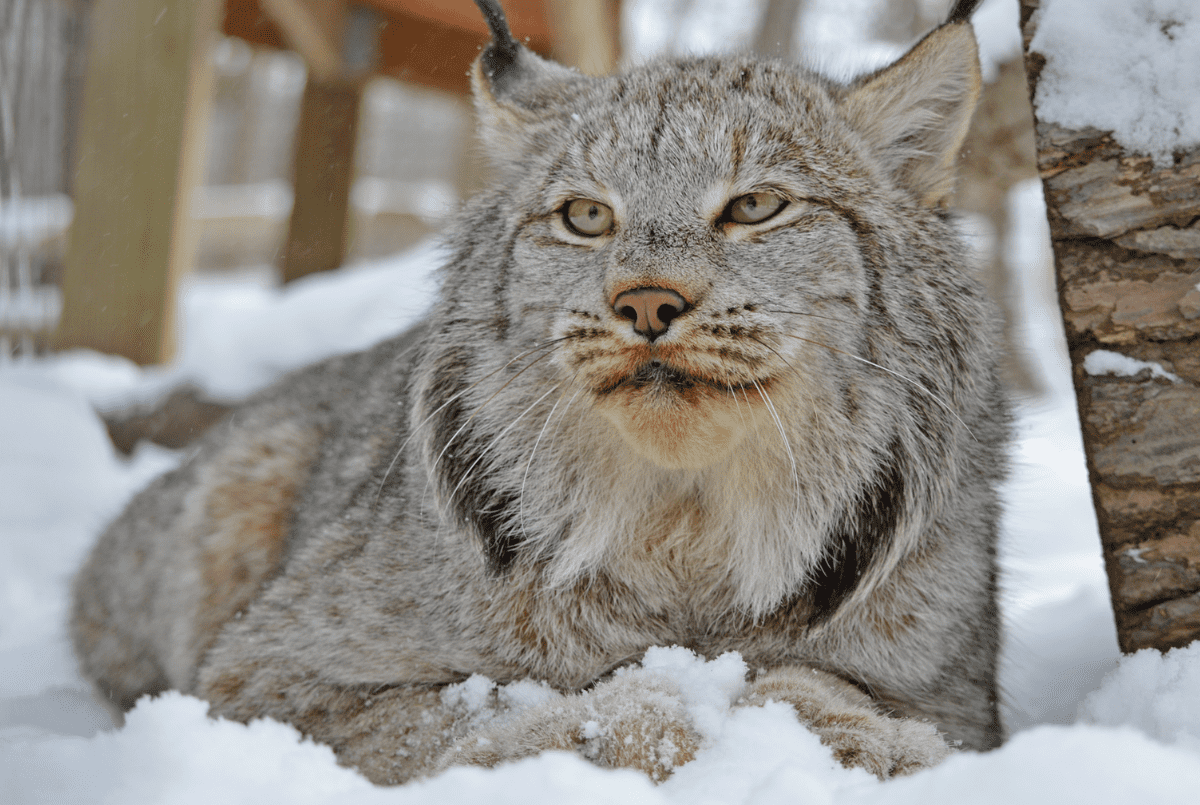By Courtney King
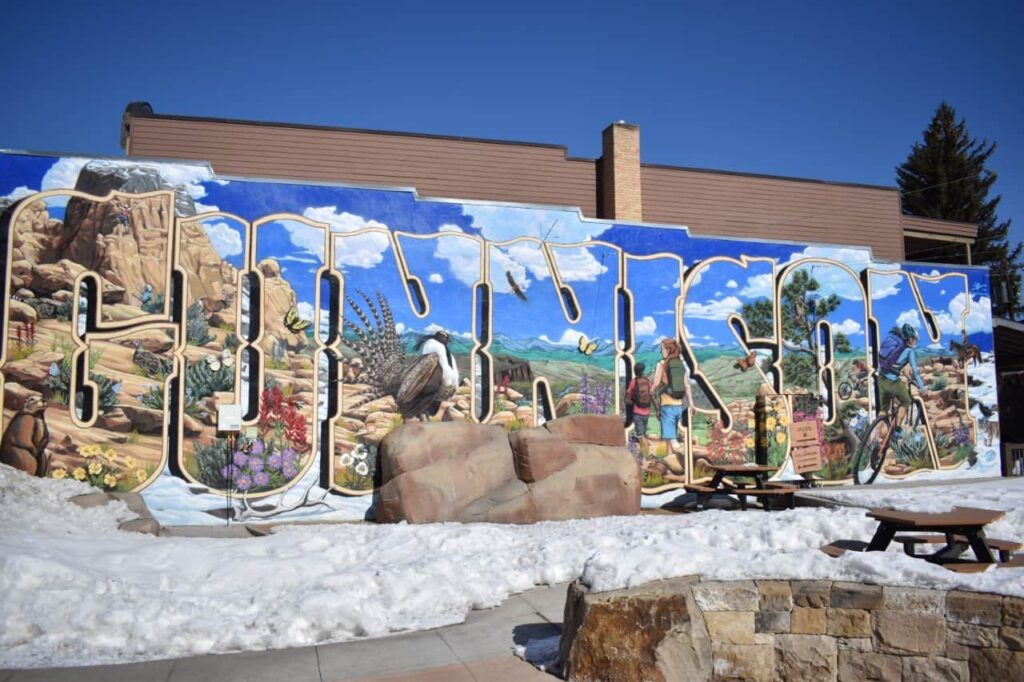
After about a year spent away from Gunnison, I returned this summer just in time to behold the creation of the town’s new mural. Designed and painted by Western alumnus Amie Jacobsen, the wall at IOOF park is a cross-seasonal representation of Gunnison’s burgeoning reputation as a portal to recreational adventures.
Mountain biking, hiking, climbing — these activities are what originally drew most of us transplants to Gunnison — or kept us coming back. Ultimately, these activities exhibit significant influence on how we interact with the natural environment — both here and elsewhere.
You may notice that several water-based activities beloved by many in the valley are absent, a possible result of the artist’s deliberate choice to highlight Gunnison’s dry climate.

Even so, a river running through the background — and snow situated between the letters — highlights water as the critical resource that is always running in the back of our minds, even in those years when we don’t see all that much of it.
Left unpainted are Gunnison’s water ditches, which bring life to much of the surrounding landscape. Positioned adjacent to the mural is a water feature, which is situated next to a plaque educating the public about the area’s historic quarries.
As one of the many easterners who found myself in the Western Slope, I came knowing I would have to pick up an activity or two — and the gear to match it — if I wanted to really establish myself here.
Indeed, I found that Gunnison matched the stereotype I had of Colorado residents — active people with chill attitudes despite their expertise and full-throated commitment to never spending a day inside. And with 360 days of sun and recreational hotspots abound, why would you ever want to?
Just as recreation has an enormous impact on the Gunnison Valley’s residents, it also influences the non-human species unique enough to shape out a living at high altitude — and often in the frigid cold.
It only took a few weeks of classes at Western to learn of multiple species that would later be depicted on the new mural with great relevance to the local area, and to my own life. The Canada lynx, a species I learned about extensively while pursuing my degree, is not endemic (regionally specific) to the Gunnison area.
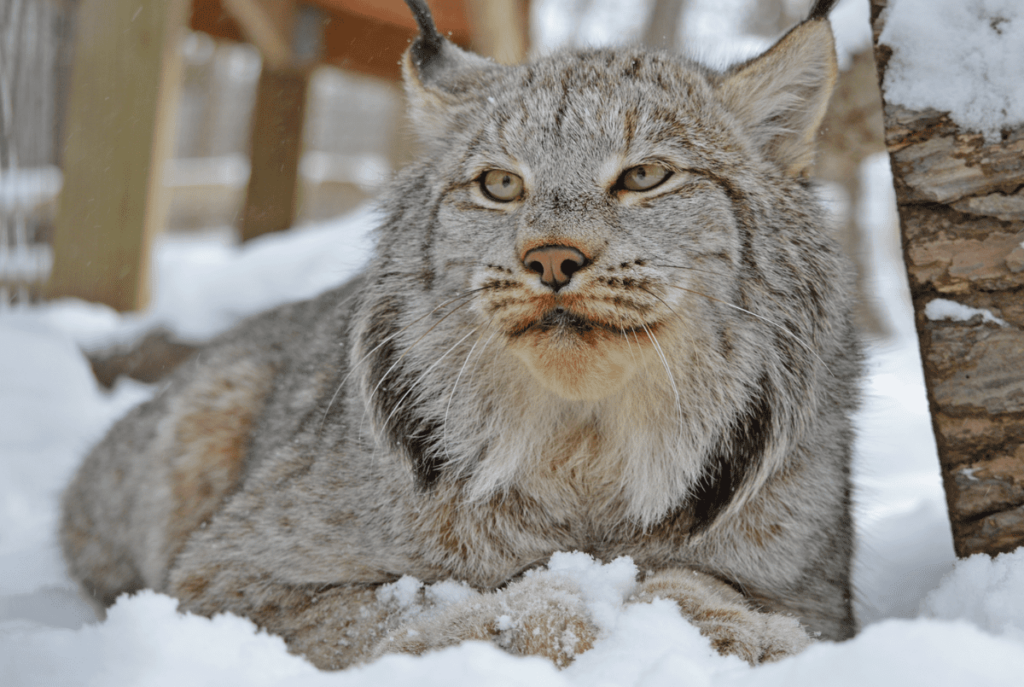
Whether the lynx are residents or merely travelers through the area is subject to debate, or perhaps remains confidential — depending on who is asked. Stealthily peeking from the lower right hand corner of the mural, this elusive species is only made more entrancing due to its complicated history — especially here in Colorado.
In 1998, members of the Earth Liberation Front set fire to buildings and lifts at Vail Ski Resort in opposition to new development, claiming they carried out their actions, “on behalf of the lynx”.
Only a year later, lynx were released into the San Juan mountains in a reintroduction effort that kicked off with controversy. While tensions have declined in the interim, this feline species still eludes many would-be observers.
Ongoing research efforts aim to understand how the Canada lynx may be impacted by winter recreation, associated development, and other potential impacts to its habitat and prey base.
Interestingly, while this species seems perfectly adapted to the cold and deep snow found in nearby mountains, debate continues to rage over whether this species was ever “meant” to be here in the first place; that is, whether it ever had sustainable populations this far south in its range prior to reintroduction.
On the opposite end of the mural is a species just as controversial: the Gunnison sage-grouse (GUSG). It stands to reason that prey species would largely try to remain inconspicuous. However, this species occupies the opposite end of the spectrum from the lynx when it comes to sheer flashiness.
Standing tall and proud, the Gunnison sage-grouse (like its close relative, the greater sage-grouse) is renowned for its strange noises, dances, and “hairdo” which play a pivotal role in its mating system and rituals.
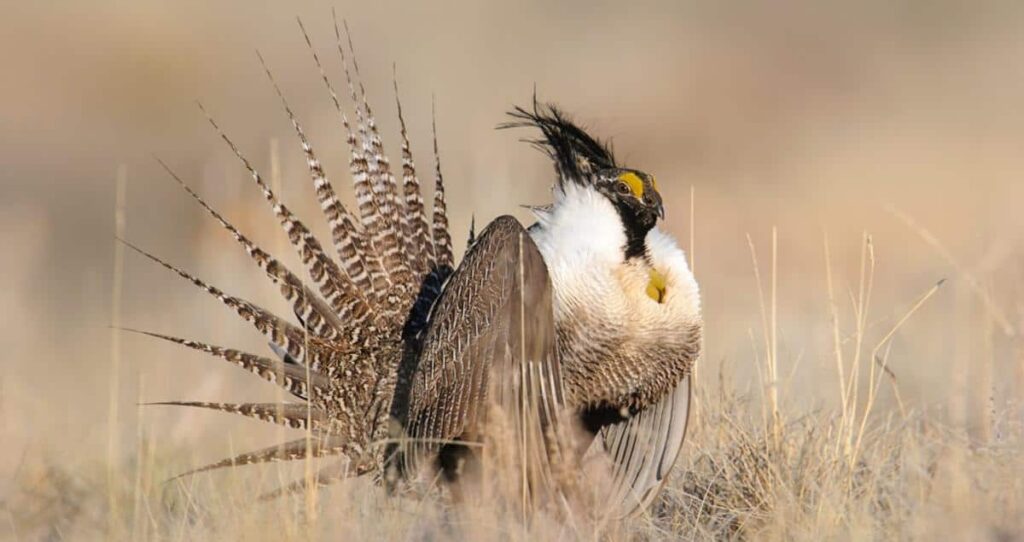
Also similar to other sage-grouse, the species has spurred some ranchers to become wary of biologists over fears that increased protections for an imperiled, newly named bird (the Gunnison sage-grouse was only recognized as a species in 2000) could limit their freedoms to carry out agricultural activities and development on their land.
Fortunately, tensions surrounding this species have also eased greatly in recent times. I personally became involved in efforts to preserve its habitat through biology professor Jessica Young, now the interim provost at Western.
Back in the late 1990s, Dr. Young played a primary role in identifying the Gunnison sage-grouse as a distinct species. In Gunnison, I found a welcoming, excited group of locals ranging from land managers to recreationists to stock growers — all folks with a vested interest in maintaining open dialogue and working together to conserve sagebrush ecosystems.

Walking down Main Street, one can spot a Gunnison sage-grouse in the printing shop window, a patch depicting a grouse riding a mountain bike for sale, and stickers placed atop newspaper boxes and on crosswalk poles. Clearly, at least some in the town have become fond of this strange-looking bird.
On the left-hand side of the mural is the Gunnison’s prairie dog; another species specially adapted and named to our area whose reputation varies by both time and subject.
This critter can be deemed a rangeland pest or an environmental engineer. A mangy vector for the plague or a species requiring conservation efforts as its population struggles with disease and habitat decline. Target practice or a necessary prey species for the endangered black-footed ferret.
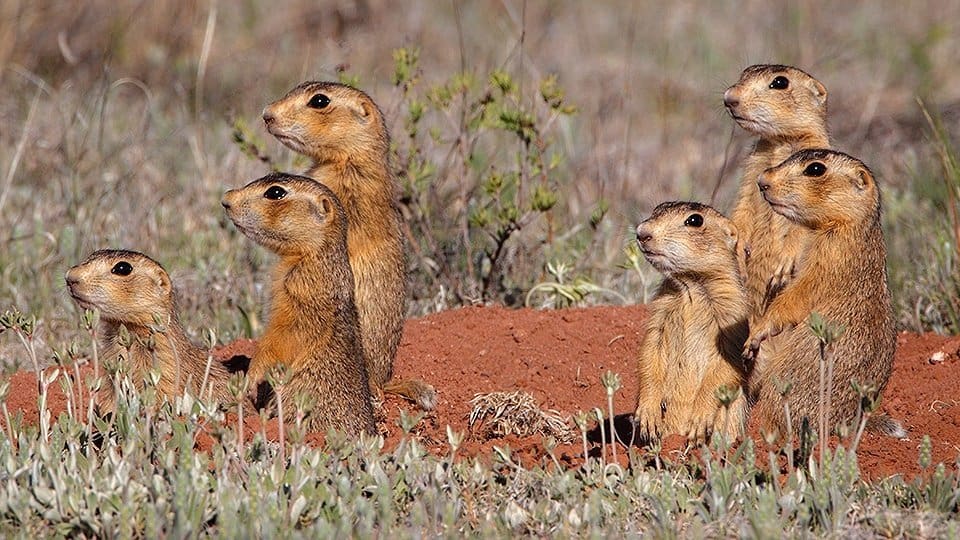
Like the Gunnison sage-grouse, its inclusion and place in the forefront of the mural provides a window for inquiry into just how Gunnison has changed over time. Juxtaposed with a subtle reference to ranching in the background, do these species hint that Gunnison’s cowboy culture has become more integrated with recreationists and environmentalists, or simply that these cattlemen have surrendered their former dominance?
To see species so relevant to my experience in Gunnison in the same painting feels encouraging as an ecology graduate — not only because it’s preferable to finding them in synchronous lawsuits, but because it demonstrates the area’s reverence for its local species.
It includes more than what biologists call “characteristic megafauna,” a clunky term for animals both known and beloved by the public. The mural also showcases a variety of wildflowers and pollinators, clearly beloved as represented in the decades-long running of the Crested Butte Wildflower Festival.
The Uncompahgre fritillary butterfly (or UFB, as it is known to biologists) may be less noticeable, but it has been the subject of research for roughly as long. Similarly, a plant called the skiff milkvetch is nowhere near as famous (or infamous) as some of Gunnison’s other endemic animals, but the species is currently at even greater danger of extinction.
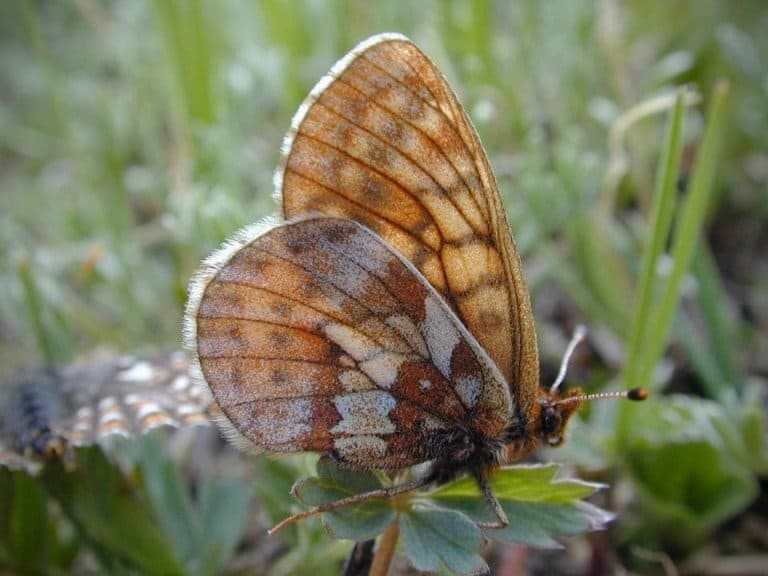
Knowing of these endemic flora and fauna — and that some of them are even named after Gunnison, makes it feel as if there must be something in the water (or in the Gunny Gold?) that has facilitated their emergence and distinctive speciation in this beautiful valley.
Indeed, the Colorado Plateau to our east is known for its high rates of endemism, specifically in plants. This includes “sky islands,” mountain ranges with drastically different lowlands that encourage the formation of unique species. As with actual islands, these formations prevent the spread of individuals and their genes resulting in the formation of unique characteristics.
The Gunnison Basin isn’t completely isolated, however, but may be home to multiple unique species due to its high elevation and low temperatures. However, as shown in the new mural, the Gunnison Basin also supports more commonplace species like mule deer and red fox.
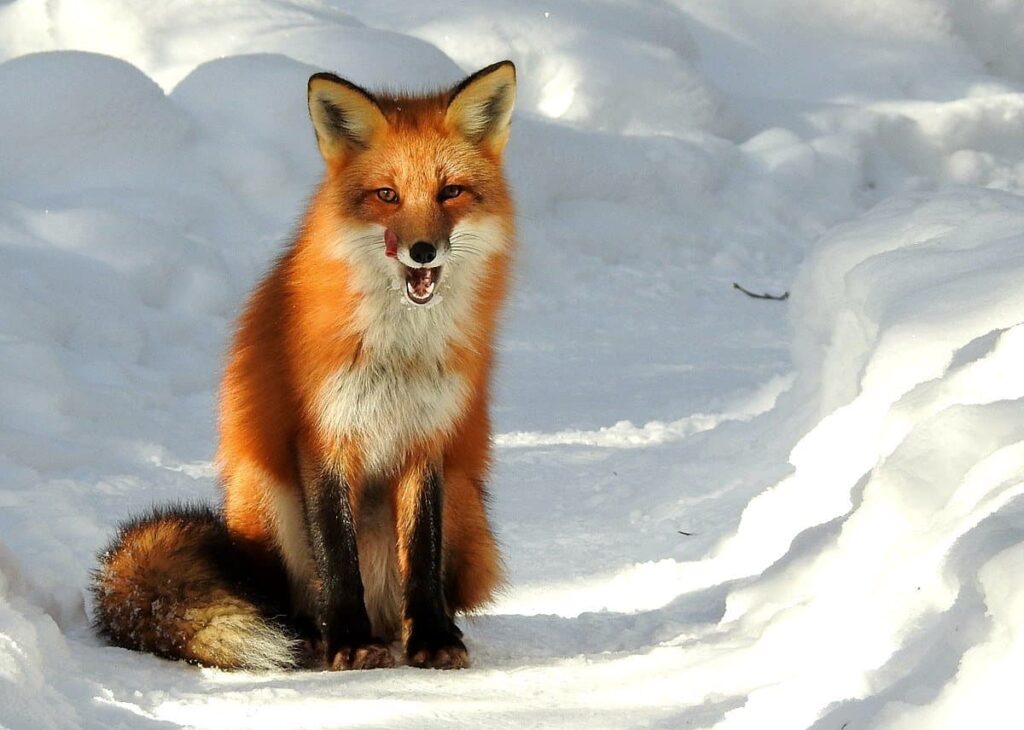
While such species have larger ranges and are not exclusive to our extreme climate, it feels as if even the generalists who can make it here must be special in some way, and have perhaps even become adapted over evolutionary history.
I’ve had multiple conversations with long-term residents that all seem to have the same thesis: lots of people enjoy Gunnison for some amount of time, but few live here for the long run.
Perhaps the heartiness, love of a challenging environment, or whatever makes us choose to remain in Gunnison are characteristics we share with our non-human neighbors, or maybe, more accurately, that we have somehow acquired from them.
